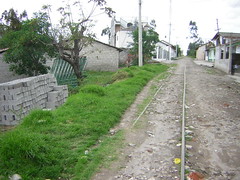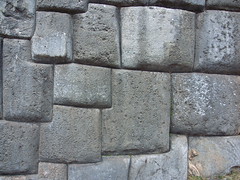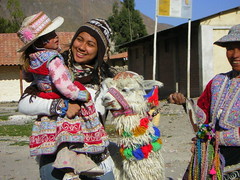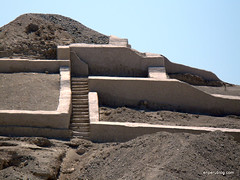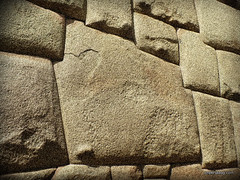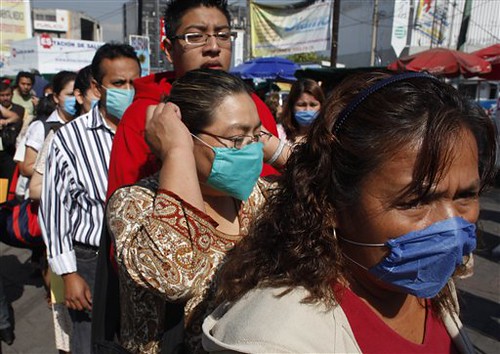Peru’s African Side: Chincha & El Carmen
By Danielle Lane
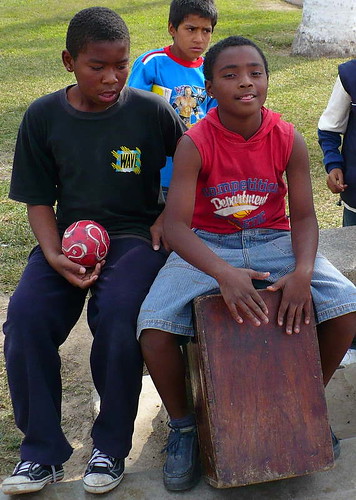 Traveling south from Lima into Peru’s southern coastal desert along the Pan-American Highway, the road soon leads to one of the country’s most interesting and culturally diverse regions; Chincha and the Afro-Peruvian heartlands.
Traveling south from Lima into Peru’s southern coastal desert along the Pan-American Highway, the road soon leads to one of the country’s most interesting and culturally diverse regions; Chincha and the Afro-Peruvian heartlands.
This is the spiritual home of criollismo, the sense of cultural identity that has become the centerpiece of Peruvian national pride. The history of African immigrants, originally slaves, has an enduring influence on the national psyche and culture, especially in food, music and dance.
The area is split between the main centre at Chincha and the district of El Carmen. At first glance, there is little difference between Chincha and most other large towns in Peru. Busy, loud, bustling and vibrant, especially around the market area, Chincha is far from unique.
But visit during the town’s two main festivals, the Verano Negro in February and the Festival de las Danzas Negras in November, and you will be stepping into a different world. It is at times like this that the streets become possessed by music and rhythm; crowds throng the square which is dominated by a stage and an endless stream of dancers and live musicians while people wade through an ankle-deep layer of empty beer bottles.
Meanwhile, a short taxi ride away in El Carmen, any time of year is a good time to arrive. The district is home to several traditional bars and clubs that host Afro-Peruvian peñas for locals, limeños and tourists alike.
A peña is a party that is held at a club or bar featuring Afro-Peruvian music, comedy and skits, all of which include crowd participation.
A good music performance is a particular treat. Look out for the interesting instruments, each with their own history. The cajon (a box-like drum), the cajita (a small box, modeled after a church collection box), and la quijada de burro (the jaw of an ox or donkey) were all created by inventive slaves who were forbidden to use conventional percussion instruments by landowners fearful that they could be used to communicate and ferment rebellion.
Local foods and of course pisco can be ordered at each peña. Hacienda San Jose, built in 1688 has become the most famous location because the not only provide the entertainment, but also over 300 years of history and lodging for guests.
Although the best time of year to visit this area is at the end of February for the Verano Negro festival and in November for the Festival de las Danzas Negras, no matter when you come to this area, you will find a peña awaiting you.
This is a guest article sponsored by Peru Discover, a specialist in Peru tours and customized Peru travel packages.
Tags: african, black, chincha, dance, el carmen, festival de las danzas negras, ica, musica criolla, musica negra, traditions, verano negro



